Why is Dust Collecting on Top of an Air Purifier?
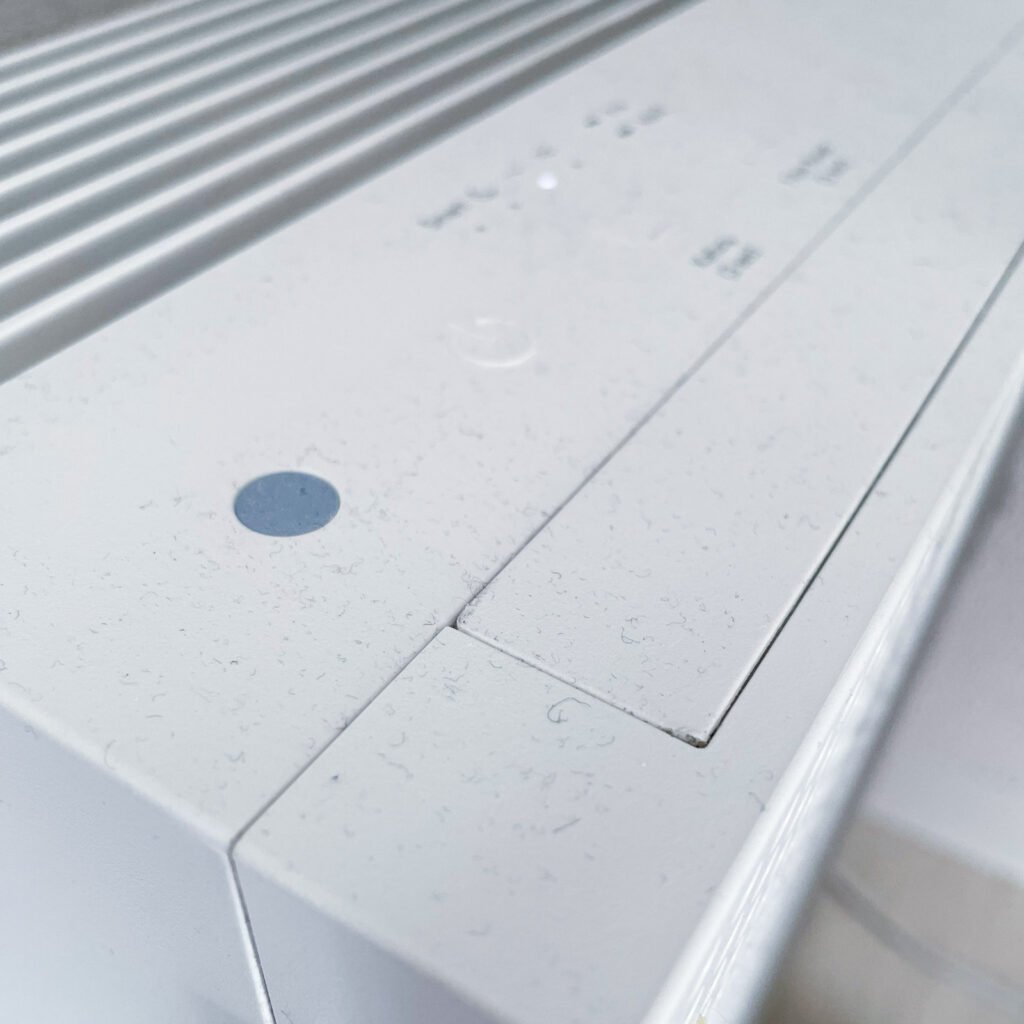
When it comes to maintaining a clean and healthy indoor environment, many people rely on air purifiers to filter out pollutants and improve air quality. However, it can be frustrating to find dust collecting on top of an air purifier, seemingly defeating its purpose. In this blog post, we will explore the reasons behind dust accumulation on top of air purifiers and provide some tips on how to address this issue. 1. Air Circulation One of the primary reasons why dust may collect on top of an air purifier is poor air circulation. Air purifiers work by drawing in air from the surrounding environment, passing it through a filtration system, and then releasing clean air back into the room. During this process, some dust particles may settle on the top of the air purifier due to the airflow patterns created by the device. To improve air circulation and reduce dust accumulation, consider the placement of your air purifier. Make sure it is positioned away from walls or other obstructions that may hinder the flow of air. Additionally, avoid placing the air purifier in a corner or near furniture that can block the airflow. 2. Pre-Filter Functionality Most air purifiers are equipped with a pre-filter that captures large particles such as dust, pet hair, and lint. This pre-filter acts as the first line of defense, preventing these particles from reaching the main filter. Over time, the pre-filter can become dirty and clogged with dust, which may result in some of the particles bypassing the filter and settling on top of the air purifier. To address this issue, regularly clean or replace the pre-filter according to the manufacturer’s instructions. By maintaining a clean pre-filter, you can ensure that the air purifier operates efficiently and captures a larger percentage of airborne particles, reducing the amount of dust that collects on top of the device. 3. Indoor Air Quality The amount of dust collecting on top of an air purifier can also be an indication of the overall indoor air quality in your home or office. If you notice excessive dust accumulation, it may be a sign that there are other sources of dust in the environment that need to be addressed. Common sources of indoor dust include pet dander, pollen, mold spores, and particles brought in from the outdoors. Unfortunately we can’t expect the air purifier to do all the home work, so regular cleaning and dusting of surfaces, vacuuming carpets and upholstery, and minimizing the presence of dust-generating activities can help reduce the overall dust levels in your indoor environment. 4. Maintenance and Cleaning Regular maintenance and cleaning of your air purifier are essential to ensure its optimal performance. Dust accumulation on the top of the device may indicate that the internal filters need to be cleaned or replaced. Refer to the manufacturer’s instructions for guidance on how to properly clean and maintain your specific air purifier model. In general, filters should be cleaned or replaced as recommended by the manufacturer to maintain the efficiency of the device and prevent dust buildup. 5. Additional Considerations It is important to note that some dust accumulation on top of an air purifier is normal and to be expected. Air purifiers are designed to capture and remove airborne particles, and some of these particles may settle on the surface of the device. However, if you notice a significant amount of dust collecting on top of your air purifier or if the device is not effectively reducing the overall dust levels in your indoor environment, it may be worth considering a more powerful or specialized air purifier. In conclusion, dust collecting on top of an air purifier can be attributed to factors such as air circulation, the functionality of the pre-filter, indoor air quality, and maintenance practices. By addressing these factors and following proper cleaning and maintenance procedures, you can ensure that your air purifier continues to effectively improve the air quality in your indoor space.
ULPA vs. HEPA Filter: What’s the Difference

When it comes to air filtration, ULPA (Ultra Low Penetration Air) and HEPA (High Efficiency Particulate Air) filters are two popular options. Both filters are designed to remove airborne particles and improve indoor air quality, but they have some key differences.
Are UV Air Purifiers Worth It? Understanding Their Limitations

UV air purifiers have gained popularity in recent years as a solution for improving indoor air quality. These devices use ultraviolet (UV) light to kill or deactivate harmful bacteria, viruses, and other microorganisms present in the air. While they may seem like a promising solution, it is important to understand their limitations before investing in one.
Air Purifier Buying Guide
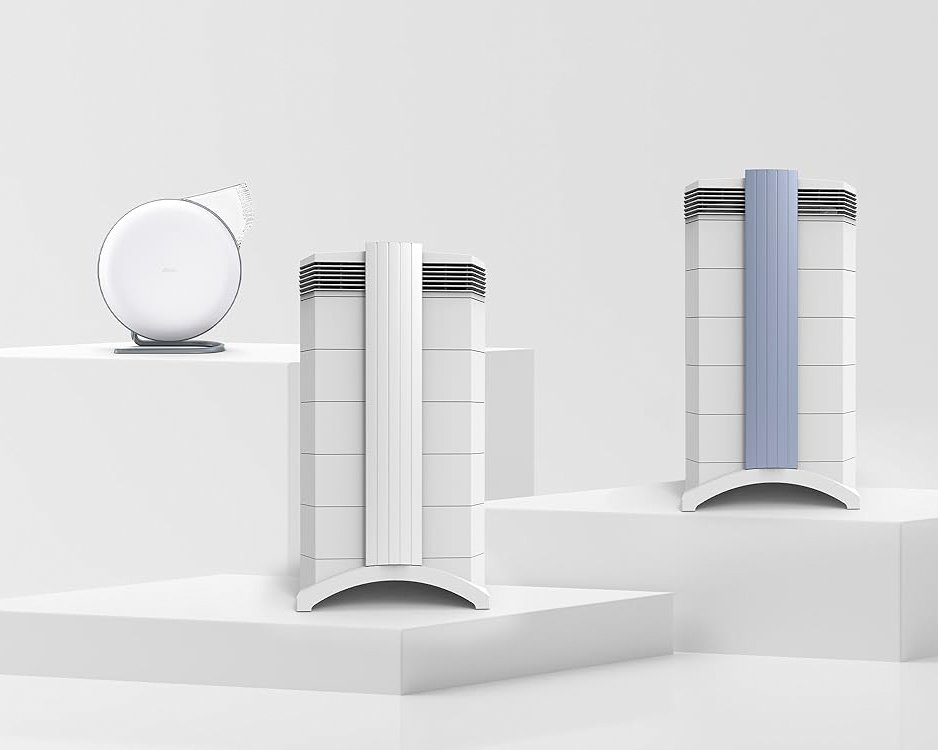
In this air purifier buying guide we will discuss what to avoid, what’s really important and which ones to consider for your ultimate clean air environment.
Can Air Purifiers Really Banish Odors? Let’s Clear the Air!
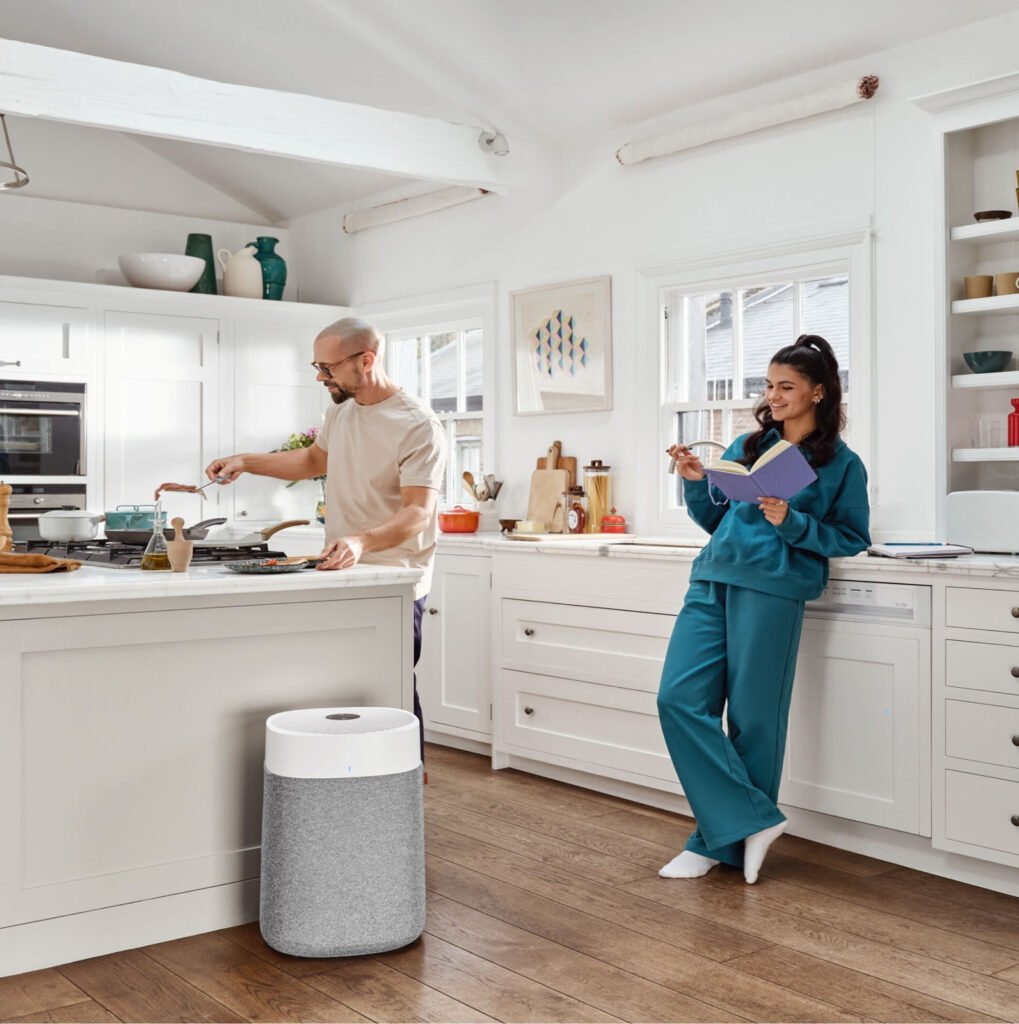
Have you ever walked into a room and been greeted by an unpleasant smell? Whether it’s the lingering scent of last night’s dinner or the not-so-fragrant aroma of a pet, odors can quickly turn a pleasant environment into an unpleasant one. That’s where air purifiers come in. These nifty devices claim to eliminate odors and freshen the air, but do they really live up to the hype? Let’s dive in and find out!
Blue Pure 211i Max Air Purifier Review: Breathe Clean and Fresh Air
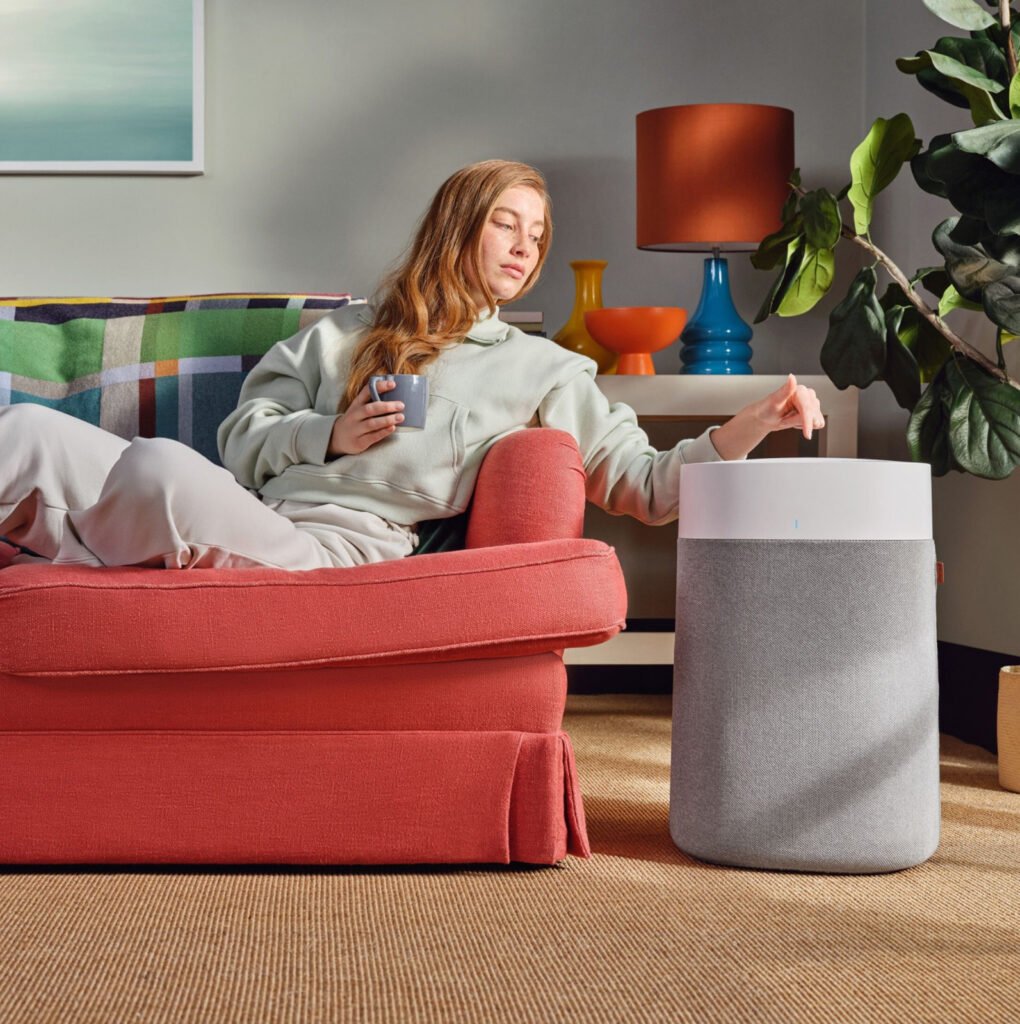
Are you tired of constantly battling allergies or struggling with poor indoor air quality? Look no further than the Blue Pure 211i Max Air Purifier. With its cutting-edge technology and sleek design, this air purifier is a game-changer for anyone seeking cleaner and fresher air in their homes or offices.
Can Air Purifiers Reduce Odors? A Breath of Fresh Air in Your Home
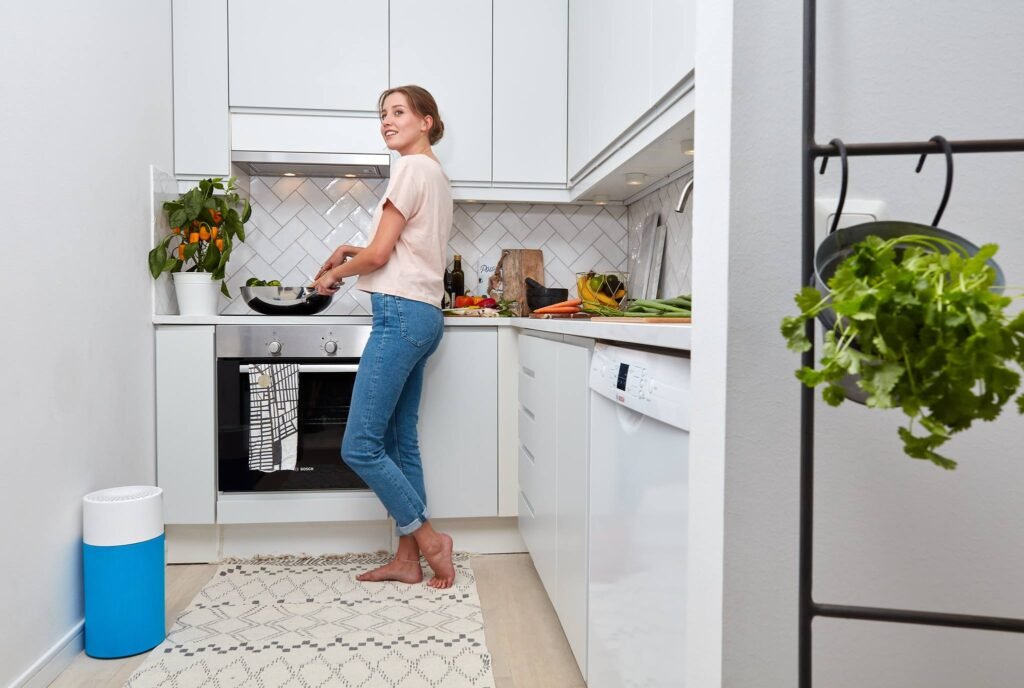
Have you ever walked into a room and been hit by an unpleasant odor? Whether it’s the lingering smell of last night’s dinner or a musty scent from a damp basement, odors can be a nuisance in our homes. Many of us turn to air fresheners or scented candles to mask these smells, but are there more effective solutions out there? This is where air purifiers come into play.
How Often You Should Change Your Air Purifier Filter?
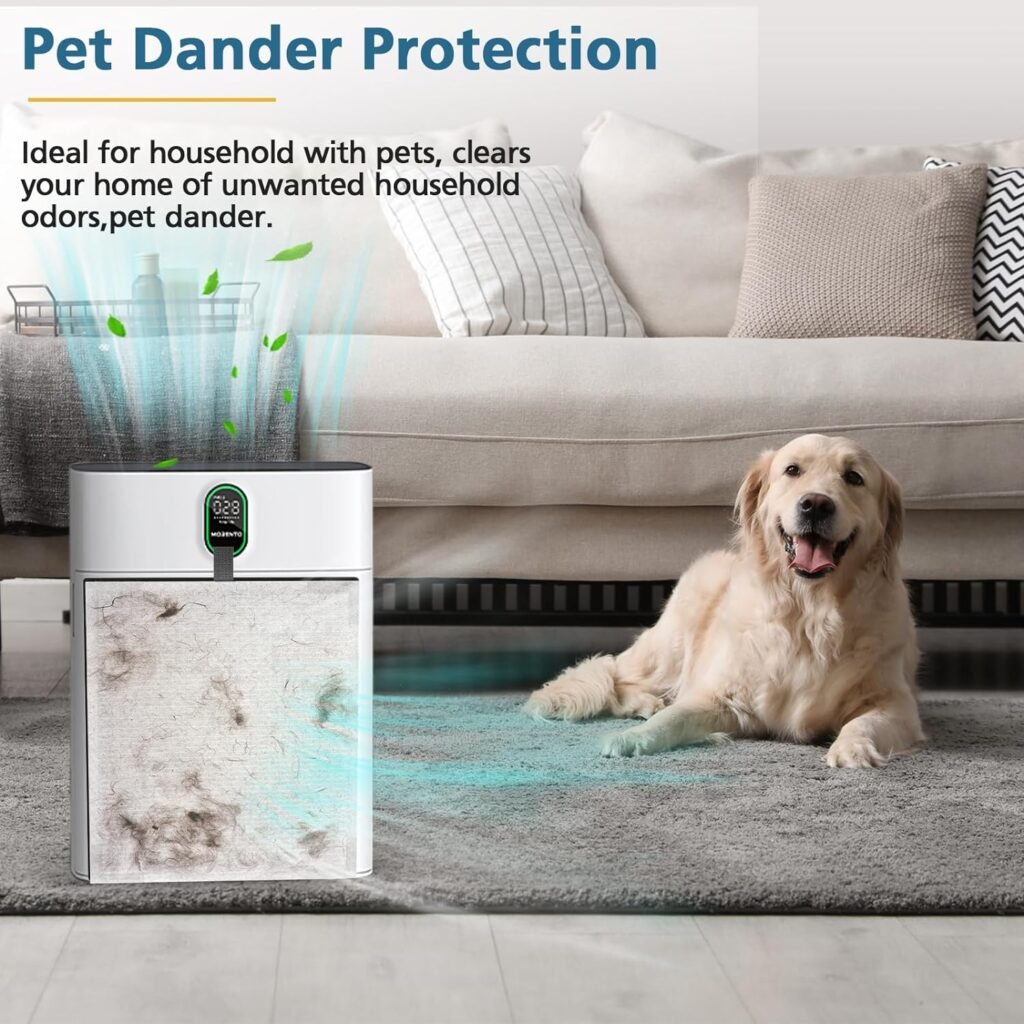
When it comes to maintaining a clean and healthy indoor environment, an air purifier can be a game-changer. These devices work tirelessly to filter out pollutants, allergens, and other harmful particles from the air we breathe. However, to ensure that your air purifier continues to perform at its best, regular filter maintenance is crucial.
A Breath of Fresh Air: The Lowdown on Air Purifiers

The air we breathe plays a vital role in our quality of life. With pollution levels on the rise and allergens lurking in every nook and cranny, it’s no wonder that air purifiers have become a popular solution for many households.
Are Air Purifiers Effective Against Viruses and Bacteria?
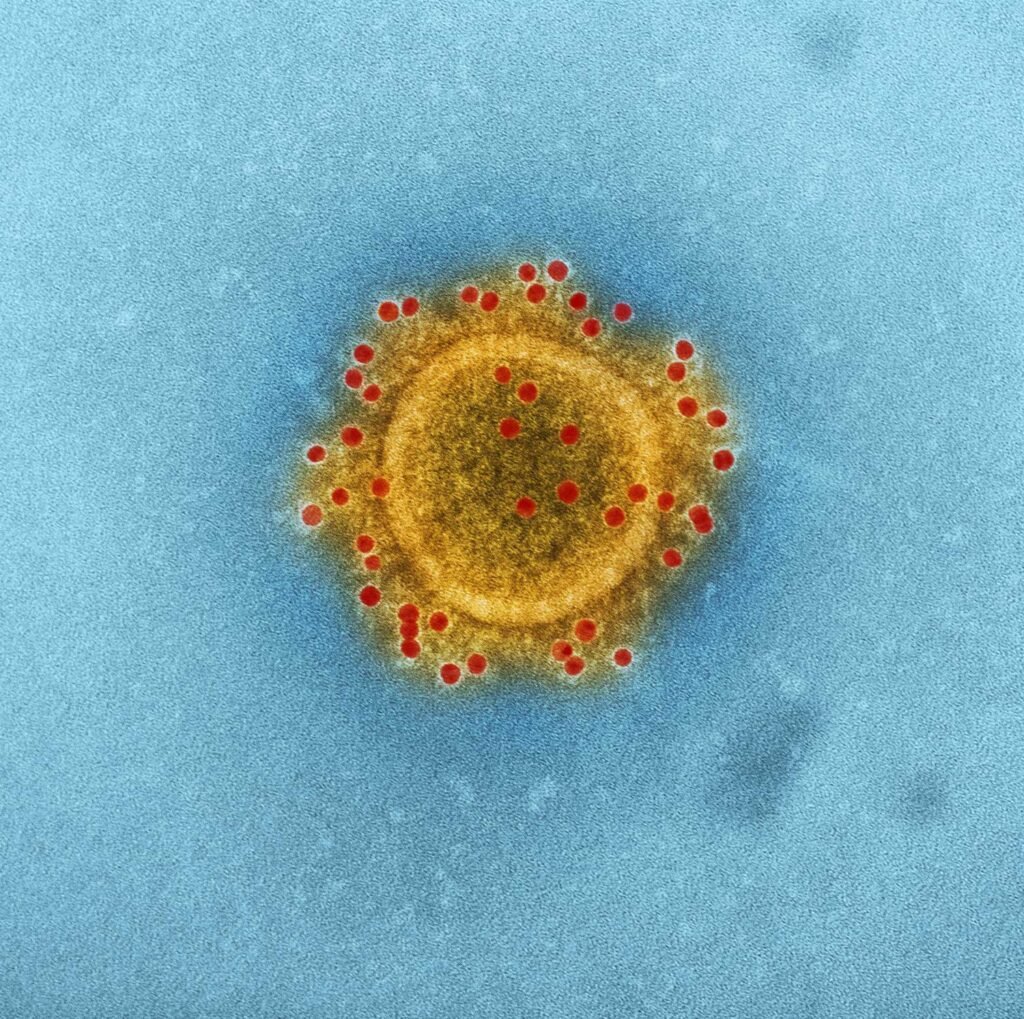
With the ongoing concerns about airborne viruses and bacteria, many individuals are seeking ways to improve the air quality in their homes and workplaces. One popular solution that has gained significant attention is the use of air purifiers. These devices are designed to filter out pollutants and contaminants from the air, but are they truly effective against viruses and bacteria?